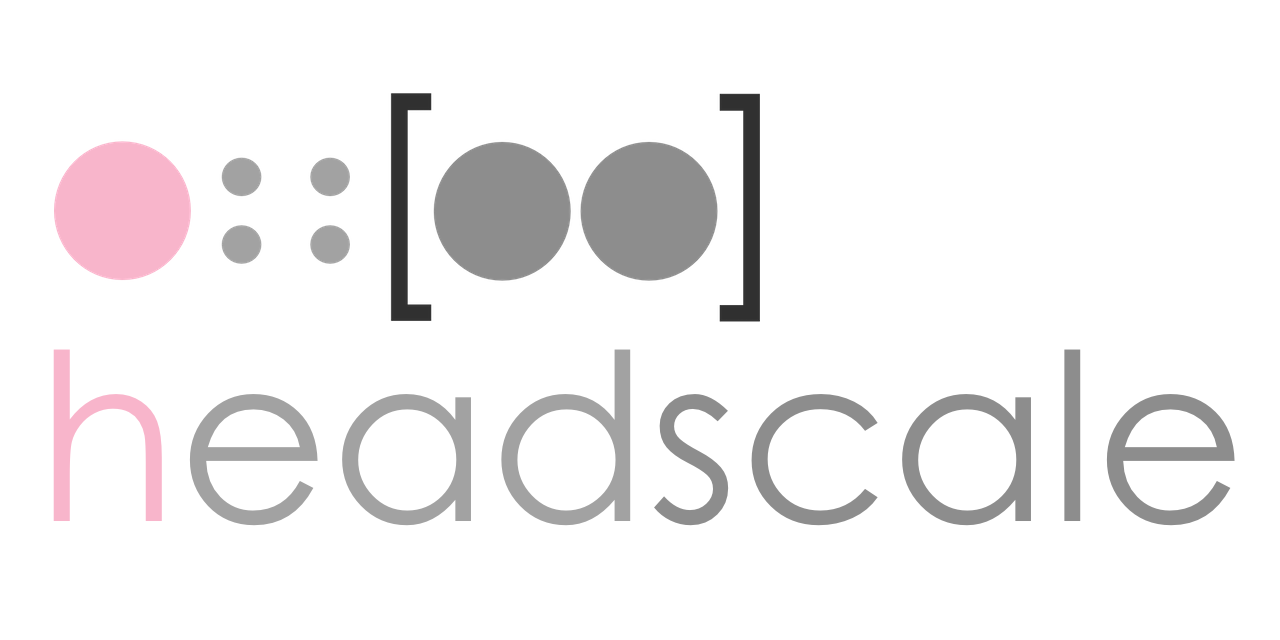We currently do not have a way to clean up api keys. There may be cases where users of headscale may generate a lot of api keys and these may end up accumulating in the database. This commit adds the command to delete an api key given a prefix.
An open source, self-hosted implementation of the Tailscale control server.
Join our Discord server for a chat.
Note: Always select the same GitHub tag as the released version you use
to ensure you have the correct example configuration and documentation.
The main branch might contain unreleased changes.
What is Tailscale
Tailscale is a modern VPN built on top of Wireguard. It works like an overlay network between the computers of your networks - using NAT traversal.
Everything in Tailscale is Open Source, except the GUI clients for proprietary OS (Windows and macOS/iOS), and the control server.
The control server works as an exchange point of Wireguard public keys for the nodes in the Tailscale network. It assigns the IP addresses of the clients, creates the boundaries between each user, enables sharing machines between users, and exposes the advertised routes of your nodes.
A Tailscale network (tailnet) is private network which Tailscale assigns to a user in terms of private users or an organisation.
Design goal
Headscale aims to implement a self-hosted, open source alternative to the Tailscale control server. Headscale's goal is to provide self-hosters and hobbyists with an open-source server they can use for their projects and labs. It implements a narrow scope, a single Tailnet, suitable for a personal use, or a small open-source organisation.
Supporting Headscale
If you like headscale and find it useful, there is a sponsorship and donation
buttons available in the repo.
Features
- Full "base" support of Tailscale's features
- Configurable DNS
- Node registration
- Single-Sign-On (via Open ID Connect)
- Pre authenticated key
- Taildrop (File Sharing)
- Access control lists
- MagicDNS
- Support for multiple IP ranges in the tailnet
- Dual stack (IPv4 and IPv6)
- Routing advertising (including exit nodes)
- Ephemeral nodes
- Embedded DERP server
Client OS support
| OS | Supports headscale |
|---|---|
| Linux | Yes |
| OpenBSD | Yes |
| FreeBSD | Yes |
| macOS | Yes (see /apple on your headscale for more information) |
| Windows | Yes docs |
| Android | Yes docs |
| iOS | Yes docs |
Running headscale
Please note that we do not support nor encourage the use of reverse proxies and container to run Headscale.
Please have a look at the documentation.
Talks
- Fosdem 2023 (video): Headscale: How we are using integration testing to reimplement Tailscale
- presented by Juan Font Alonso and Kristoffer Dalby
Disclaimer
- This project is not associated with Tailscale Inc.
- The purpose of Headscale is maintaining a working, self-hosted Tailscale control panel.
Contributing
Headscale is "Open Source, acknowledged contribution", this means that any contribution will have to be discussed with the Maintainers before being submitted.
This model has been chosen to reduce the risk of burnout by limiting the maintenance overhead of reviewing and validating third-party code.
Headscale is open to code contributions for bug fixes without discussion.
If you find mistakes in the documentation, please submit a fix to the documentation.
Requirements
To contribute to headscale you would need the lastest version of Go and Buf(Protobuf generator).
We recommend using Nix to setup a development environment. This can
be done with nix develop, which will install the tools and give you a shell.
This guarantees that you will have the same dev env as headscale maintainers.
Code style
To ensure we have some consistency with a growing number of contributions, this project has adopted linting and style/formatting rules:
The Go code is linted with golangci-lint and
formatted with golines (width 88) and
gofumpt.
Please configure your editor to run the tools while developing and make sure to
run make lint and make fmt before committing any code.
The Proto code is linted with buf and
formatted with clang-format.
The rest (Markdown, YAML, etc) is formatted with prettier.
Check out the .golangci.yaml and Makefile to see the specific configuration.
Install development tools
- Go
- Buf
- Protobuf tools
Install and activate:
nix develop
Testing and building
Some parts of the project require the generation of Go code from Protobuf
(if changes are made in proto/) and it must be (re-)generated with:
make generate
Note: Please check in changes from gen/ in a separate commit to make it easier to review.
To run the tests:
make test
To build the program:
nix build
or
make build
